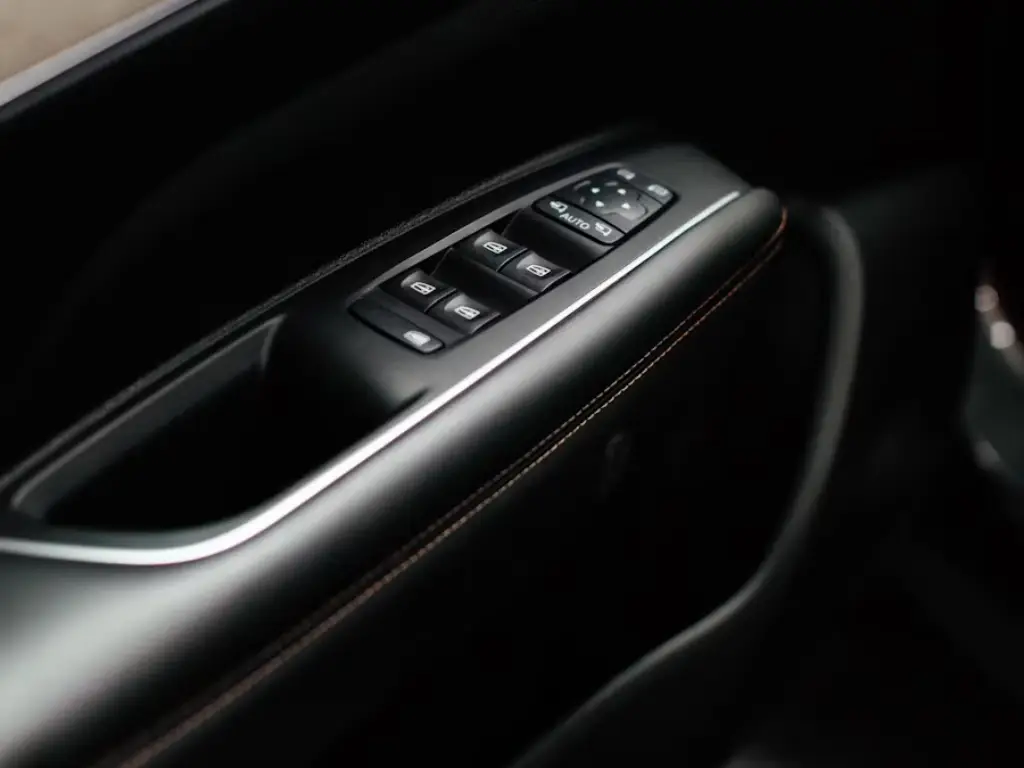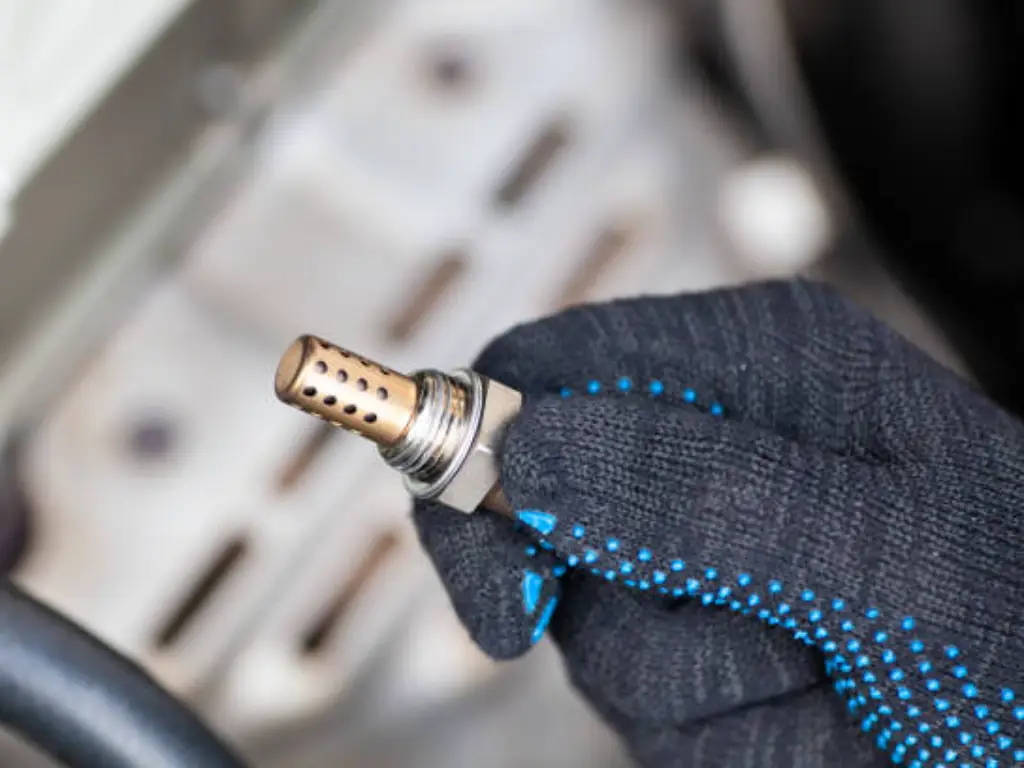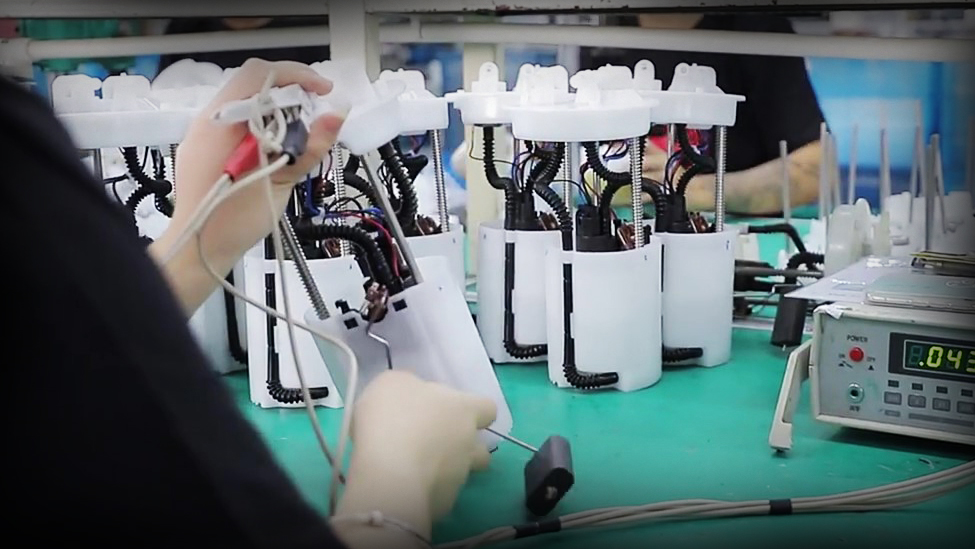Датчики кислорода являются жизненно важными компонентами в современных двигателях транспортных средств, обеспечение оптимальной производительности, топливная экономичность, и соблюдение стандартов выбросов. They play a critical role in monitoring the oxygen levels in the exhaust gases and adjusting the engine’s air-fuel mixture accordingly. This guide will provide an in-depth understanding of how oxygen sensors work, their importance, common causes of failure, signs of malfunction, and how to maintain them for better longevity.
What is an Oxygen Sensor?
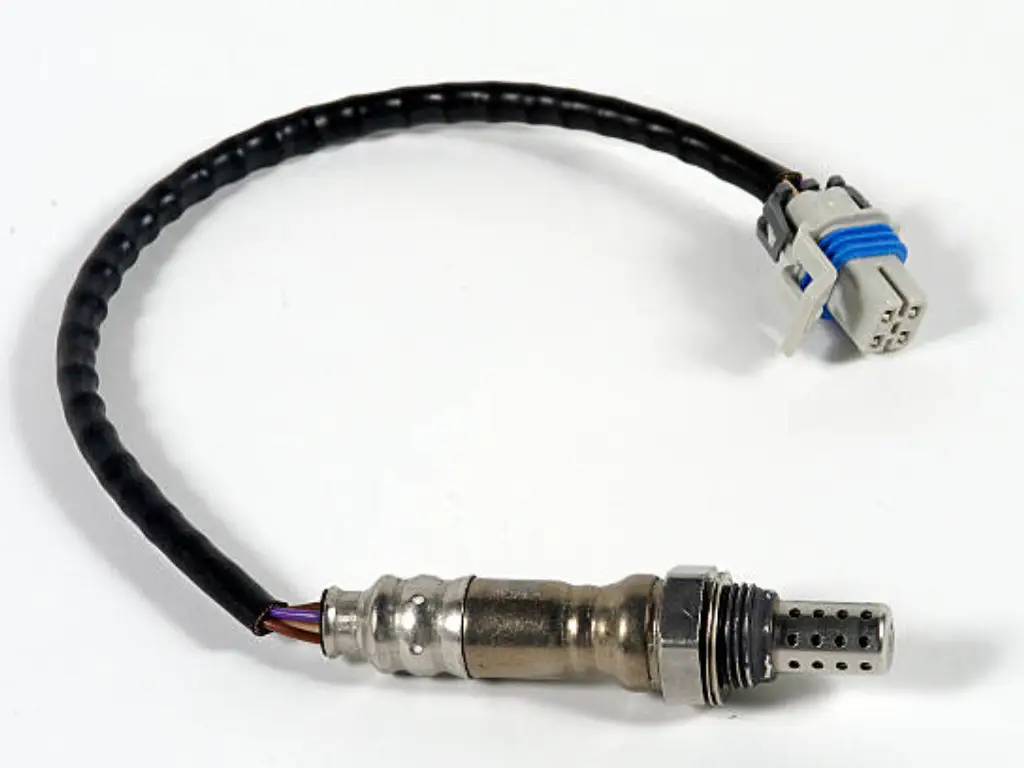
An oxygen sensor is a small but essential device that measures the amount of oxygen in the exhaust gases of a vehicle. It provides real-time data to the engine control unit (ЭБУ), helping it adjust the air-fuel ratio to improve combustion efficiency. Oxygen sensors are usually installed in the exhaust system, либо до, либо после каталитического преобразователя, and can directly influence fuel consumption and emissions.
How Does an Oxygen Sensor Work in a Car Engine?
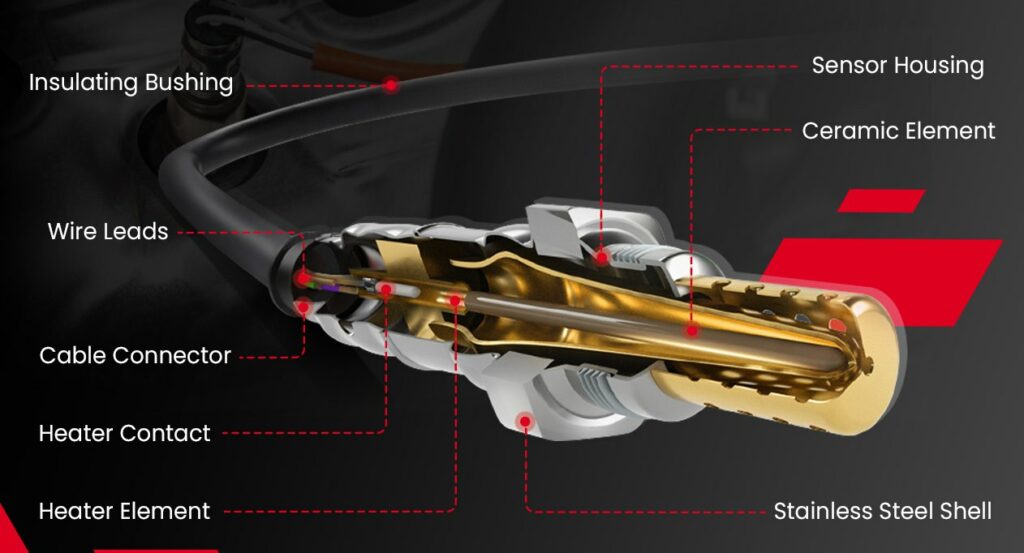
А кислородный датчик functions by measuring the amount of oxygen remaining in the exhaust gases after the combustion process. Based on this data, it sends signals to the vehicle’s ECU, which adjusts the air-fuel mixture to ensure optimal combustion. Proper combustion maximizes fuel efficiency, minimizes harmful emissions, and enhances engine performance.
In simple terms, the oxygen sensor constantly checks if the engine is running too rich (too much fuel) or too lean (too little fuel). If the sensor detects an imbalance, it sends a signal to the ECU, prompting it to adjust the fuel injectors accordingly. This helps to maintain the engine’s balance and ensures that it is operating at peak efficiency.
There are two main types of oxygen sensors: узкополосная и широкополосная. Narrowband sensors simply detect whether the engine is running rich or lean and provide a binary output (rich or lean). Wideband sensors, однако, offer a more precise and continuous range of data, enabling more accurate adjustments to the air-fuel ratio. Both sensor types serve the same fundamental purpose, but wideband sensors are typically found in more advanced vehicles or those designed for higher performance.
Common Causes of Oxygen Sensor Failure
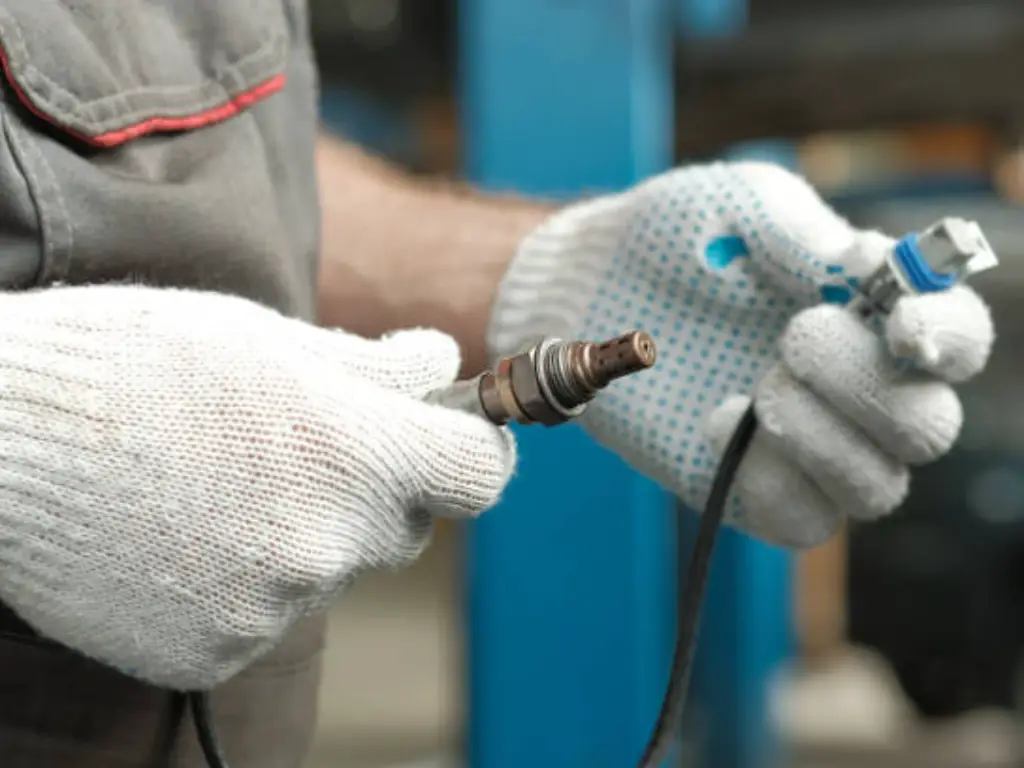
While oxygen sensors are designed to last for a long time, they can fail due to several reasons. Understanding the common causes of failure can help in diagnosing issues and taking preventative measures. Below are some of the most frequent reasons:
- Age and Wear: Через некоторое время, the oxygen sensor naturally wears out. Most sensors last between 60,000 к 100,000 мили. As they age, their accuracy decreases, leading to incorrect readings and poor engine performance.
- Fuel Contamination: Contaminated fuel or the presence of excessive oil in the engine can damage the oxygen sensor. This contamination can lead to inaccurate readings and sensor failure.
- Faulty Wiring or Connections: Damaged wiring or poor electrical connections can prevent the oxygen sensor from sending accurate signals to the ECU. This can result in the sensor being unable to perform its task properly.
- Excessive Engine Misfires: If an engine is misfiring frequently, the oxygen sensor can become damaged due to the high levels of unburned fuel entering the exhaust system. This can reduce the sensor’s effectiveness and shorten its lifespan.
- Corrosion or Contamination: Exposure to contaminants like coolant leaks or engine oil can cause the sensor’s components to degrade. Кроме того, moisture or corrosion in the exhaust system can also lead to premature failure.
Common Signs of a Bad Oxygen Sensor
A failing oxygen sensor often presents noticeable signs that can help identify the problem early. Common symptoms of a bad oxygen sensor include:
- Проверьте свет двигателя: One of the first indicators of a malfunctioning oxygen sensor is the “Проверьте двигатель” light illuminating on your dashboard. This light could indicate a sensor failure or that the ECU is receiving incorrect data.
- Снижение топливной эффективности: If your vehicle is consuming more fuel than usual, it could be due to a malfunctioning oxygen sensor. When the sensor fails, the ECU may not adjust the fuel mixture correctly, leading to higher fuel consumption.
- Rough Idling and Poor Engine Performance: A faulty oxygen sensor can cause your engine to run roughly, especially at low RPMs. This can be due to improper fuel-air mixture settings, resulting in engine misfires or sluggish acceleration.
- Increased Emissions: If the sensor is not providing accurate data, your vehicle might release higher levels of harmful emissions. This can lead to failed emissions tests and potential fines.
How to Troubleshoot an Oxygen Sensor

If you suspect that your oxygen sensor is malfunctioning, troubleshooting the issue promptly can help prevent further damage to your vehicle. Below are the detailed steps you should take to diagnose and address a bad oxygen sensor.
Step-by-Step Troubleshooting for a Bad Oxygen Sensor
Step one: Check the Check Engine Light (CEL)
The first indication of a faulty oxygen sensor is often the illumination of the “Проверьте двигатель” свет. This is triggered when the Engine Control Unit (ЭБУ) detects irregularities in the sensor’s readings. If this light is on, it’s time to move to the next step.
Step Two: Scan the Onboard Diagnostics (OBD-II) System
Use an OBD-II scanner to retrieve any error codes stored in your vehicle’s ECU. A diagnostic tool will provide valuable error codes that indicate specific issues with the oxygen sensor. Common oxygen sensor-related error codes include:
| Error Code | Описание |
| P0130 | O2 Sensor Circuit Malfunction (Bank 1 Sensor 1) |
| P0131 | O2 Sensor Low Voltage (Bank 1 Sensor 1) |
| P0132 | O2 Sensor High Voltage (Bank 1 Sensor 1) |
| P0140 | O2 Sensor Circuit No Activity (Bank 1 Sensor 2) |
| P0136 | O2 Sensor Circuit Malfunction (Bank 1 Sensor 2) |
| P0420 | Catalyst System Efficiency Below Threshold (Bank 1) |
If you receive any of these codes, it points to a potential issue with the oxygen sensor or its circuit.
Step Three: Visual Inspection of the Sensor and Wiring
After identifying the error codes, conduct a visual inspection of the oxygen sensor and its wiring. Look for any signs of:
- Damage to the sensor or wires, such as cuts, frays, or exposed wires.
- Corrosion or rust around the sensor, which could indicate moisture damage.
- Loose or disconnected wiring that could be causing intermittent sensor issues.
Step Four: Проверьте утечки выхлопных газов:
Exhaust leaks near the sensor can result in incorrect readings and may trigger false signals to the ECU. Inspect the exhaust system for any holes or cracks, especially near the sensor, as they could be the source of the problem.
Step Five: Inspect Fuel System Components
A faulty fuel injector or contaminated fuel can also impact the oxygen sensor’s function. If the sensor is exposed to excess fuel or improper combustion gases, it may fail prematurely. Check the fuel injectors and the fuel system for any issues.
Step Six: Test the Sensor
If all else fails, you can test the oxygen sensor directly. Using a multimeter, check the sensor’s voltage readings to ensure they fall within the manufacturer’s specified range. A properly functioning sensor should fluctuate between 0.1 и 0.9 вольты.
Where to Buy the Right Oxygen Sensor for Your Car
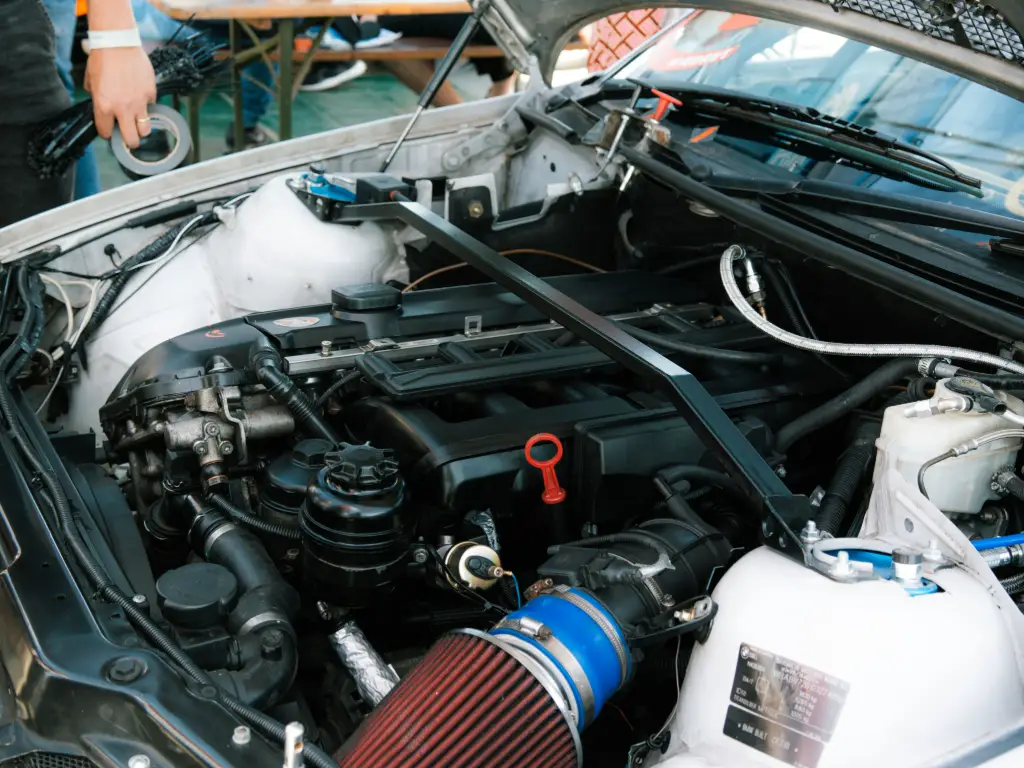
When it comes to purchasing an oxygen sensor for your vehicle, there are several reliable options. Ensuring you buy the correct sensor for your car is crucial for maintaining engine efficiency and avoiding unnecessary repair costs. Below are some of the best places to buy an oxygen sensor:
1. Aftermarket Auto Parts Suppliers
Aftermarket auto parts suppliers, such as КОУТОГЛ, Автозона, and Advance Auto Parts, offer a wide range of oxygen sensors at competitive prices. These suppliers carry sensors for all vehicle makes and models and often offer both original-equipment (OE) replacement sensors and aftermarket alternatives. Aftermarket sensors are generally more affordable and can perform just as well as OE parts if chosen correctly. Always check the brand and warranty to ensure you are getting a quality product.
2. OEM Dealers and Manufacturers
If you prefer to go with the original part for your vehicle, buying directly from an OEM (Производитель оригинального оборудования) dealer, such as the car brand’s official dealership or website, is a great choice. OEM sensors are typically more expensive but guarantee compatibility and quality.
3. Online Marketplaces
Websites like Amazon and eBay also offer a wide variety of oxygen sensors from different brands, allowing you to compare prices and read reviews from other customers. Just be sure to verify the sensor’s compatibility with your car model.
4. Local Auto Parts Stores
Local parts stores often carry a selection of oxygen sensors, and you may find same-day availability, which can be convenient if you need a quick replacement. Кроме того, some stores may offer to help you identify the right sensor for your car.
How to Maintain and Clean Your Oxygen Sensor to Extend Its Lifespan
Oxygen sensors are durable, but they require maintenance to function optimally. Regular cleaning can help extend the sensor’s lifespan and ensure it continues to provide accurate data to the ECU. While cleaning an oxygen sensor is not always recommended by manufacturers, there are some basic maintenance tips to follow:
- Avoid Fuel Contamination: Always use high-quality fuel to minimize the chances of contaminating the oxygen sensor. If you notice any unusual fuel odors or smoke, it could indicate a problem with the fuel system that might affect the sensor.
- Inspect Regularly: Periodically check the oxygen sensor and its wiring for any signs of wear, corrosion, or damage. Catching potential issues early can save you from costly repairs later on.
- Use Additives Cautiously: Some fuel additives claim to clean sensors or prevent buildup, but these should be used cautiously. Overuse of additives can cause damage to sensitive components, including oxygen sensors.
If your sensor appears clogged or dirty, it is better to replace it rather than attempt a deep cleaning. Sensor cleaning chemicals can damage the delicate internal components, reducing sensor life or efficiency.
Future Trends in Oxygen Sensor Technology for Cars
As vehicle technology evolves, so does the role of oxygen sensors. Future advancements in sensor technology are likely to focus on improving accuracy, долговечность, and integration with emerging vehicle systems. Expect to see sensors that can measure a wider range of gases, offer faster response times, and are more resistant to contaminants and harsh environments.
Some manufacturers are also working on integrating oxygen sensors with other vehicle sensors to create more holistic diagnostic systems. These innovations could help improve not only fuel efficiency but also the overall performance and reliability of vehicles.
Frequently Asked Questions About Oxygen Sensors
1 квартал: How long do oxygen sensors last?
Oxygen sensors typically last between 60,000 и 100,000 мили, depending on factors like vehicle type, driving conditions, and maintenance practices.
2 квартал: Can I drive with a bad oxygen sensor?
It is not recommended to drive with a faulty oxygen sensor. While the vehicle may still run, you risk damaging other components, such as the catalytic converter, and negatively impacting fuel efficiency.
Q3: How do I know if my oxygen sensor needs to be replaced?
Signs of a failing oxygen sensor include a check engine light, decreased fuel efficiency, грубый холостой ход, and increased emissions.
Q4: Can I replace the oxygen sensor myself?
If you’re handy with tools and know your way around car repairs, you can replace the oxygen sensor yourself. Однако, it’s important to follow the manufacturer’s instructions and use the proper tools. If you’re not sure, it’s a good idea to let a professional mechanic handle it.



